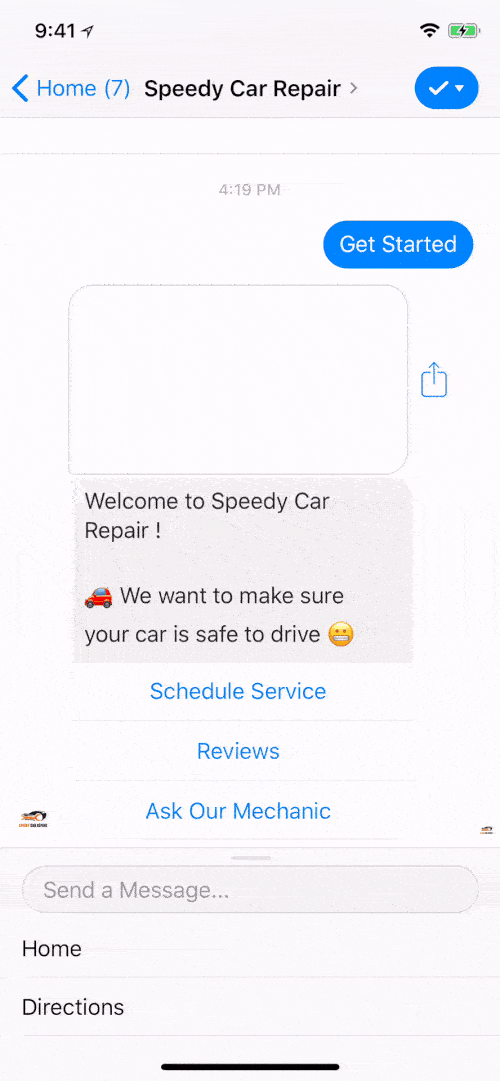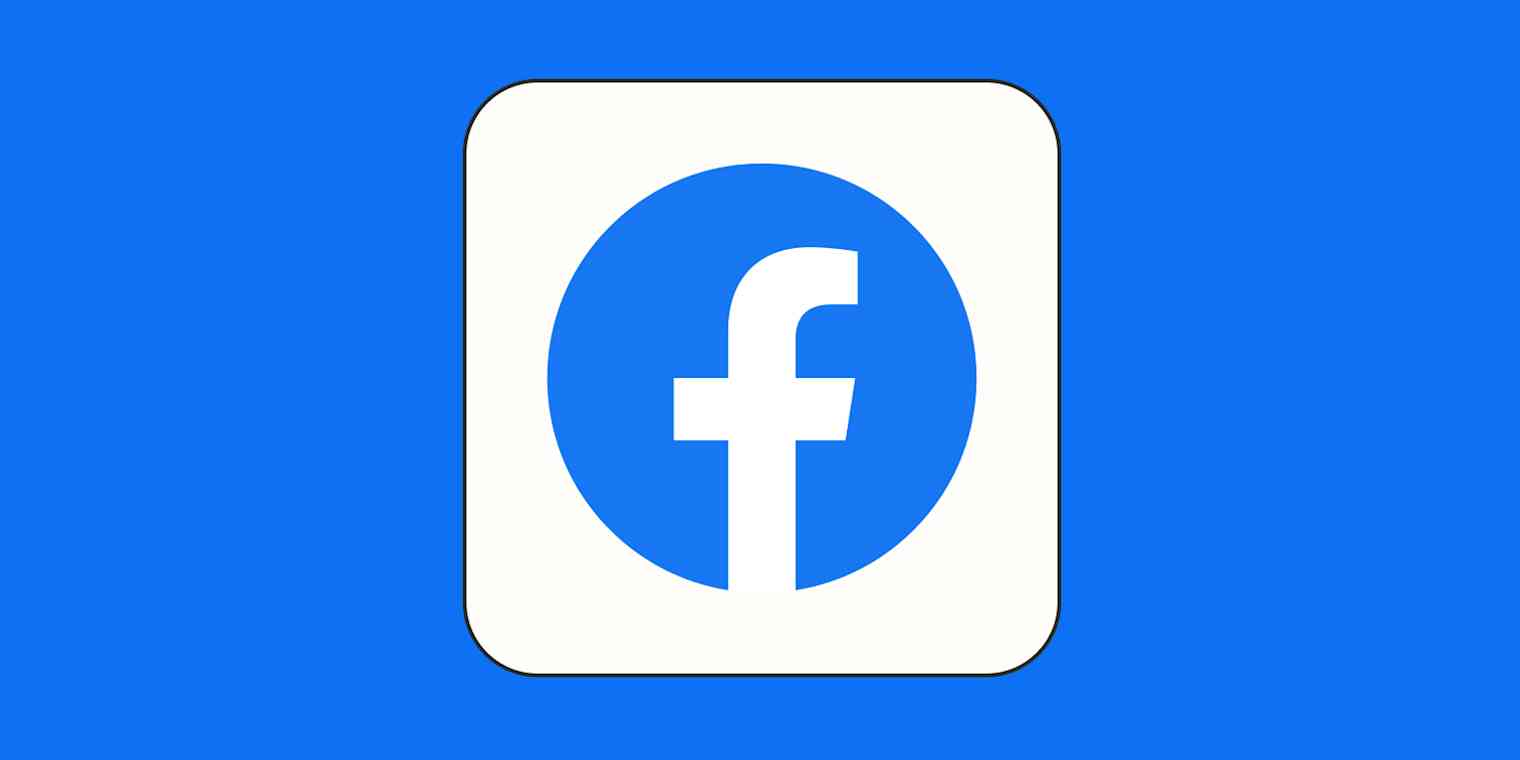Business happens on Facebook, and that means that customer service happens there too. But doing customer service on a platform meant for marketing can feel a little tricky.
Support via Facebook Messenger—which is what we specialize in at Dixa—is a great place to start. It allows you to engage with your customers in an authentic way on a platform you—and they—already use, and offers yet another way to automate your customer service.
Here's how to deliver strong support on Messenger without losing the human touch that makes customer service so valuable.
Set up a welcome message
Not only does a greeting message look professional, but it also gives your company a personality that can often be hard to convey digitally. You want your customers to know that you're interested in chatting, and the welcome message is a great way to demonstrate that. Plus, you'll be able to set the tone for the conversation.
You can set this up manually using Facebook's Business Manager, but a chatbot will automate the process for you. Whichever way you do it, here's what the finished product will look like.

Be sure your welcome message matches your brand's identity so that customers feel a sense of continuity once they start engaging in the conversation.
Be quick with your responses to all inquiries
Speed matters when it comes to customer service. Add the social media aspect, where conversations occur in real time, and you've got a good example of small businesses being held to the same standards as bigger ones. You're expected to reply just as quickly as a team with hundreds of customer service representatives—otherwise you risk losing customers.
In fact, 32% of customers expect a response within 30 minutes of making an inquiry, and 42% expect it within 60 minutes. An hour isn't a long time when you're on a small team.
To make sure you comply with these unspoken rules, appoint a person or two from your customer service staff to focus on your Messenger (and other social media) inquiries.

In the example above, a florist is responding to a potential customer by promptly providing a solution to a need. It's both customer service and marketing in one, something that feels a lot more natural on a social media platform than a customer service platform. And when the response is quick, it can feel more like the cadence of a conversation with a friend over text, instead of a business that might take 24 hours to respond via email.
There's a "Very responsive to messages" badge you can get from Facebook that will show up on the About section of your Facebook page. It requires you to respond to 90% of all queries within 15 minutes.

That's what you're going for. Instead of telling people you care about their business, show them.
Be personal and be human
Personalization isn't a new strategy, but it's easy to forget when you're in a chat tool because it already feels personal. Using someone's name, though, is a sign of thoughtful customer service. A small gesture like this can go a long way in making the customer feel valued.
So whenever you receive a message from a prospective or existing customer, make sure your reply includes their name. It might seem like a small detail to include, but it will give your customer the impression that you took the time to scroll up and check their name instead of just copy-pasting a generic response.
The tone of your message matters too, of course. Use a conversational tone, and keep it up all the way through your sign-off. Customers like having some kind of a confirmation that they're communicating with a real human being and not an AI-powered robot.
Stay engaged and respond to every complaint
Facebook is one of the first places an angry customer will go to express their dissatisfaction with a product or a service. After all, platforms like this make it easy to vent—and the consequences are usually not taken into consideration by the people leaving the comments.
Of course, no one likes to receive negative feedback. It can crush your company's spirit and even damage its reputation. And you can't avoid negative reviews—you'll likely get them no matter how great your product or service is. But the consequences can be curbed if you don't let them fester and, instead, address every complaint in a timely manner.
Set up resources to act promptly, and then follow these three guidelines:
Acknowledge the issue
Apologize
Offer a resolution
Even though Messenger isn't public, people are likely to make a public comment if they try to address something via Messenger and aren't happy with the results—or worse, are ignored.
Here's an example of a company following the three rules outlined above.

You'll also notice that the customer service team member uses her first name when ending each message. This alone generates a human connection and makes it more difficult to fire off tirades against a perceived chatbot villain. It also lets the customer know that they're talking to the same person the whole time.
Keep your customers up to date with the company's news
You want to keep your customers in the loop at all times. We're talking every product launch, every company announcement, and every shipping update—among other things. The transparency that comes with sharing company information can make you feel like a more trustworthy brand.
It doesn't have to be anything grand—a quick personal message will do the trick. Here's an example of a message I received from a brand on Instagram (which is now integrated with Messenger) that I loved.

You need to help your customers wherever they are—and your customers are on social media. Messenger provides an easy way to satisfy this demand. It gives you the tool you need to scale your outreach without losing the human touch.
This was a guest post from Mikkel Andreassen, the head of Solution Consulting at Dixa, scalable customer service software built with user experience in mind. Want to see your work on the Zapier blog? Read our guidelines, and get in touch.





